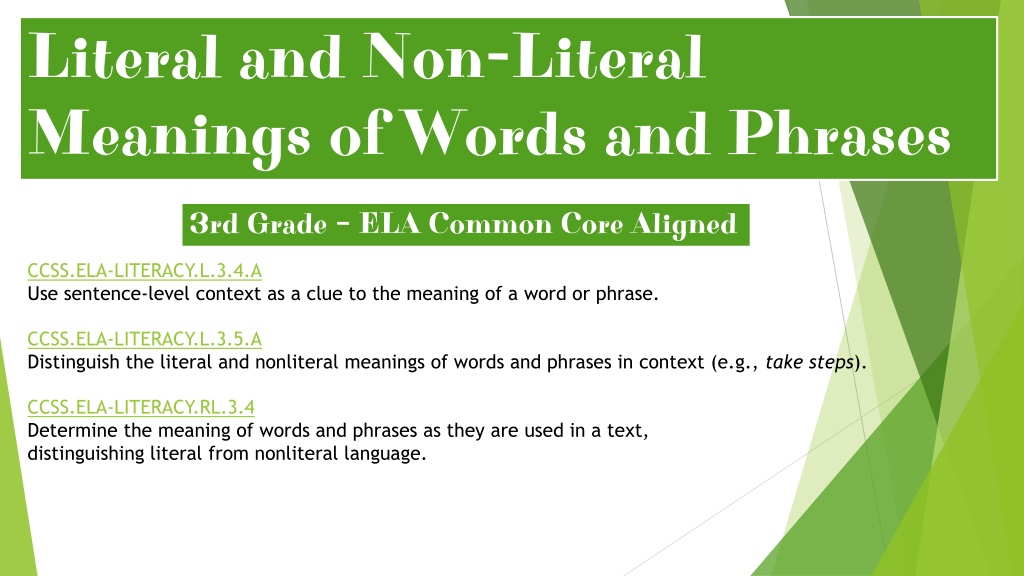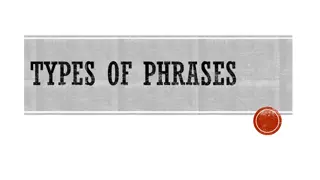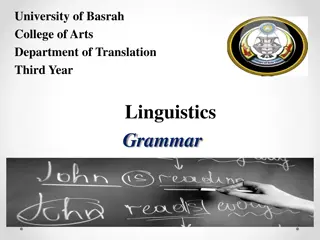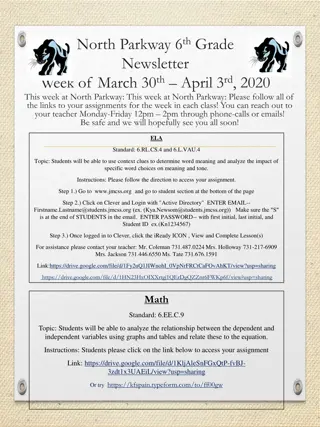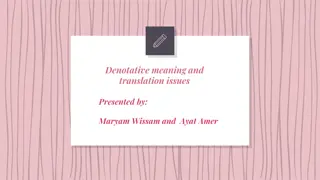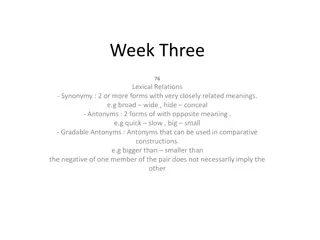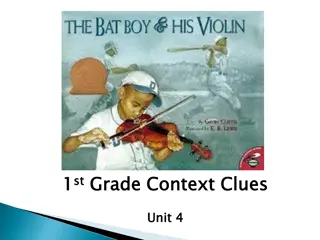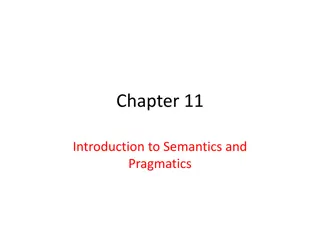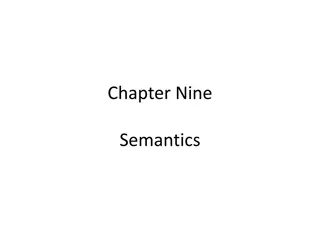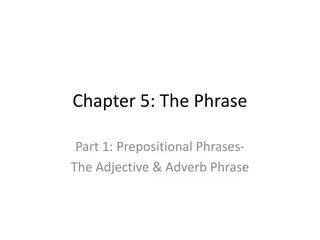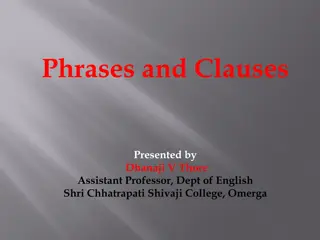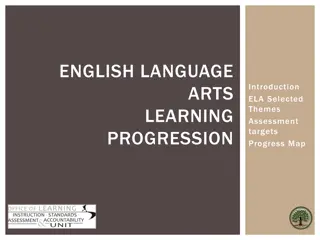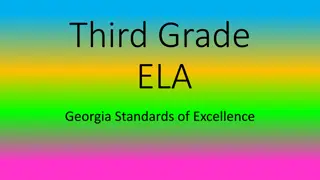Understanding Literal and Non-Literal Meanings of Words and Phrases in 3rd Grade ELA
Literal language refers to the dictionary meaning of words, while non-literal language involves expressions that go beyond literal interpretation, such as idioms. By using context clues, students can distinguish between literal and non-literal meanings, enhancing their reading comprehension skills.
Uploaded on Oct 09, 2024 | 0 Views
Download Presentation

Please find below an Image/Link to download the presentation.
The content on the website is provided AS IS for your information and personal use only. It may not be sold, licensed, or shared on other websites without obtaining consent from the author. Download presentation by click this link. If you encounter any issues during the download, it is possible that the publisher has removed the file from their server.
E N D
Presentation Transcript
Literal and Non-Literal Meanings of Words and Phrases 3rd Grade ELA Common Core Aligned CCSS.ELA-LITERACY.L.3.4.A Use sentence-level context as a clue to the meaning of a word or phrase. CCSS.ELA-LITERACY.L.3.5.A Distinguish the literal and nonliteral meanings of words and phrases in context (e.g., take steps). CCSS.ELA-LITERACY.RL.3.4 Determine the meaning of words and phrases as they are used in a text, distinguishing literal from nonliteral language.
Literal and Non-Literal Meanings of Words and Phrases
Literal What is literal language? Literal language is language that means the literal, or dictionary, meaning of a word or phrase. It would be the meaning of a word if you looked it up in a dictionary.
Non-literal What is non-literal language? Non-literal expressions are sayings that have meanings beyond what can be understood by their common words. Writers use non-literal language to help readers better picture or understand something. Writers and speakers also use common expressions, called idioms, to indicate something beyond what the words actually mean.
Idiom An idiom is a word or phrase that means something different from its literal meaning. What is an idiom? An idiom indicates something beyond what the words actually mean. This is called non-literal. It does not mean what it actually says. You can figure out what an idiom means by using context clues, or familiar words around the idiom. The word idiom is pronounced i-dee-um.
Lets look at some examples:
Julian would not hurt a fly. Literal Meaning If a fly was bothering Julian, he would not swat at it because he wouldn t want to hurt it. Non-literal Meaning Julian is kind and is never mean to anyone.
My dad is a couch potato. Literal Meaning My dad is an actual potato that grew underground and now sits on a couch. Non-literal Meaning My dad spends a lot of time doing very little and watches a whole lot of TV.
Ms. Lopez wanted to tell Martin to shape up or ship out. Literal Meaning Martin needs to start exercising to get in shape or else Ms. Lopez will put him on a ship. Non-literal Meaning Martin needs to start behaving and being kind to Julian.
When Martin spoke to Ms. Lopez, there was a frog in his throat. Literal Meaning While Martin was talking, somehow a frog was in his throat making noise. Non-literal Meaning Martin s voice was hoarse or he couldn t speak due to fear.
Ms. Lopez told Martin to stop beating around the bush and tell her about teasing Julian. Which picture shows the literal meaning and which one shows the non-literal meaning? Write the answer on the line below each picture. Then click to check. Literal Meaning Non-literal Meaning
While reading the book, Mr. Higgins told the class he wants all eyes on him. Which picture shows the literal meaning and which one shows the non-literal meaning? Write the answer on the line below each picture. Then click to check. Non-literal Meaning Literal Meaning
Ms. Lopez told Martin that someone spilled the beans about him teasing Julian. Which picture shows the literal meaning and which one shows the non-literal meaning? Write the answer on the line below each picture. Then click to check. Literal Meaning Non-literal Meaning
